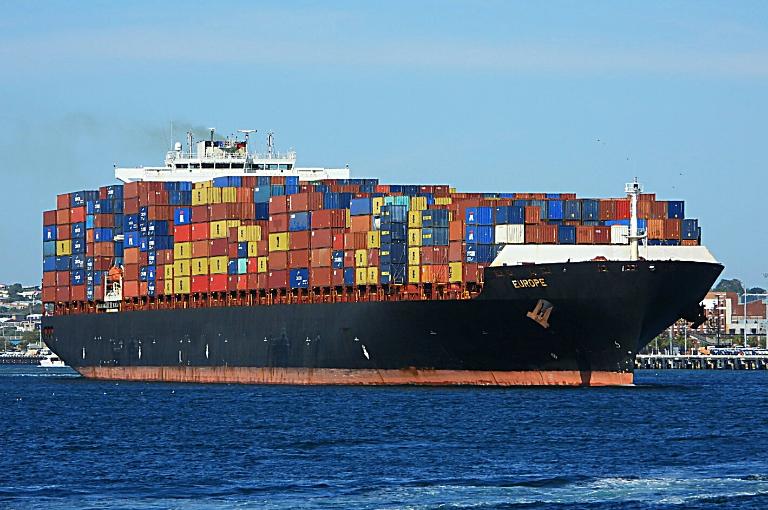Container shipping is the process of transporting goods in standardized metal boxes, called containers, that can be easily loaded and unloaded from ships, trucks, trains, and planes. Container shipping has revolutionized the global trade system, making it faster, cheaper, safer, and more efficient.
The origins of container shipping can be traced back to the late 18th century when wooden crates were used to transport goods by rail and sea. However, these crates were not standardized and required a lot of manual labour to handle. The first modern container was invented in 1956 by Malcolm McLean, an American trucking entrepreneur who wanted to reduce the costs and time of transferring cargo between trucks and ships. He designed a steel box that could fit on both modes of transport and launched the first container ship, the Ideal X, from New Jersey to Houston.
Since then, container shipping has grown exponentially, with the development of larger and more specialized ships, ports, terminals, cranes, and trucks. Today, there are more than 20 million containers in circulation, carrying about 90% of the world’s non-bulk cargo. The largest container ships can carry up to 24,000 containers, equivalent to 384 million bananas. The busiest container ports are in China, Singapore, and Dubai. The most common container sizes are 20-foot and 40-foot, but there are also other variations, such as refrigerated, open-top, flat-rack, and tank containers.
Container shipping has enabled the globalization of production and consumption, creating new markets and opportunities for businesses and consumers. It has also reduced the environmental impact of transportation, as containers can be reused and recycled. However, container shipping also faces some challenges, such as security risks, congestion, piracy, accidents, and emissions. To address these issues, the industry is constantly innovating and adopting new technologies, such as smart containers, blockchain, automation, and digital platforms.
Container shipping is a fascinating and dynamic industry that has transformed the world economy and society. It is also a complex and interdependent system that requires coordination and cooperation among various stakeholders. By understanding its history and current practices, we can appreciate its benefits and challenges and envision its future possibilities.
 عربي
عربي عربي
عربي